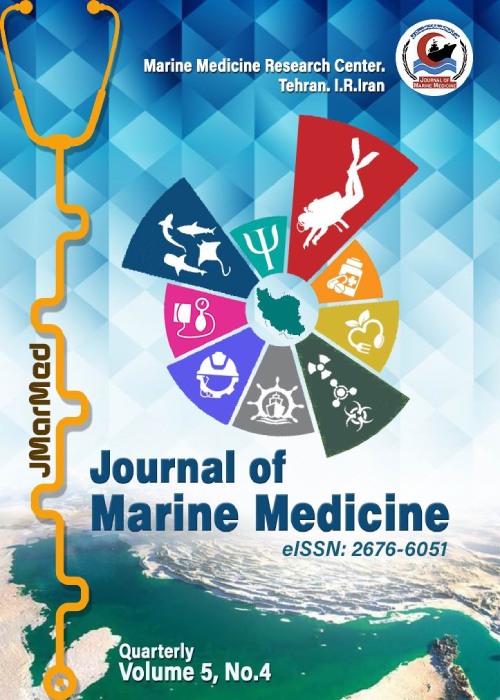Investigating the Effect of Landing Kinematics on the Occurrence of Medial Tibial Stress Syndrome Injuries in Soldiers during Military Training
Considering the importance of the kinematic role of the lower limb in absorbing the forces entering the body, the aim of this study is to investigate the effect of the kinematics of the lower limb on the occurrence of Medial tibial stress syndrome (MTSS) injury in soldiers during the military training period.
In the present study, male soldiers were examined during the 6 months of military training in 2022, and 116 of them were selected. At the beginning of the training course, while investigating the prevalence of MTSS using the Yates criterion and the kinematic data, subjects' landing and knee valgus dynamics were collected by video camera and Quinoa software. Then the soldiers started to do exercises related to military training, and at the end of the 6-month period, the possible prevalence of MTSS was evaluated again using the Yates and White criteria.
The prevalence of MTSS in military soldiers at the end of the period was 29.3%. The results of logistic regression to investigate the predictive role of knee valgus at the moment of single leg landing in the occurrence of MTSS injury showed that the final model was able to explain between 57.6% and 82.0% of the variance. For knee valgus at the moment of two-leg landing, between 54.5% and 77.6% variance, single-leg landing hip flexion between 60.5% and 86.2% variance, two-leg landing hip flexion between 65% and 92.7% of the variance, the knee flexion at the end of one leg landing between 65.3% and 93.1% of the variance and finally for the knee flexion at the end of two legs landing, the final model was able to explain between 44.44% and 63.2% of the variance. The odds ratio related to knee valgus at the moment of one-leg landing is 2.204, in knee valgus at the moment of two-leg landing, 1.773, in the thigh flexion variable at the end of single-leg landing, 2.491, in thigh flexion at the end of two-leg landing, 2.069, the knee flexion at the end of single leg landing is 2.163 and in the variable knee flexion at the end of two leg landing is 1.580. Among the variables, the thigh flexion variable at the end of single leg landing statistically has a higher predictive power than other variables for the occurrence of MTSS (2.491).
The current findings demonstrated that landing kinematics has an effect on the prevalence of MTSS, and these changes can be caused by the weakness of the muscles acting in the joints of the lower limbs, as well as an increase in excessive load caused by military exercises.
- حق عضویت دریافتی صرف حمایت از نشریات عضو و نگهداری، تکمیل و توسعه مگیران میشود.
- پرداخت حق اشتراک و دانلود مقالات اجازه بازنشر آن در سایر رسانههای چاپی و دیجیتال را به کاربر نمیدهد.



